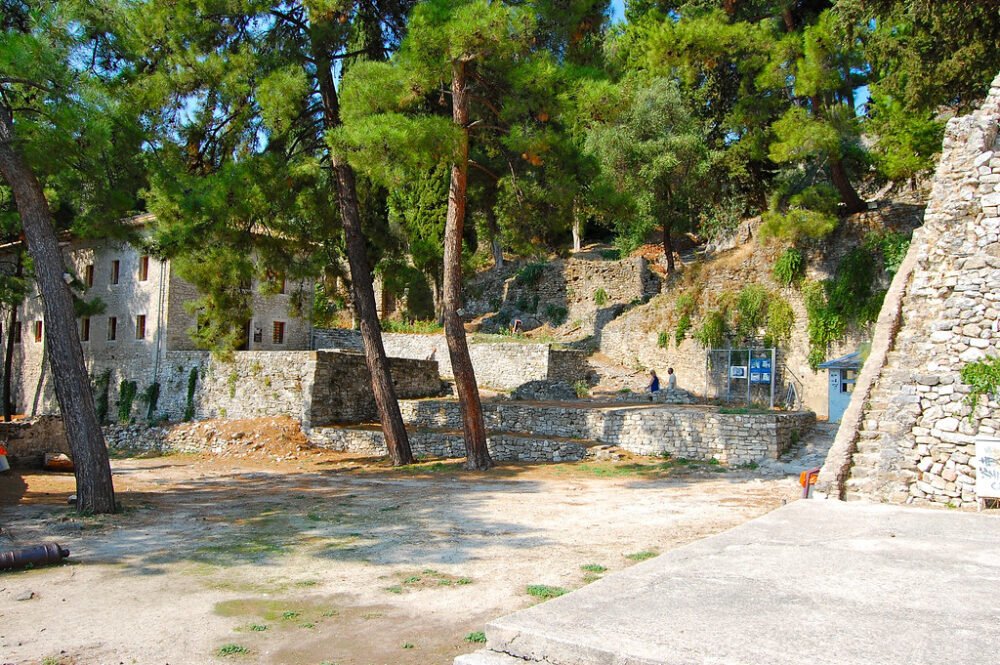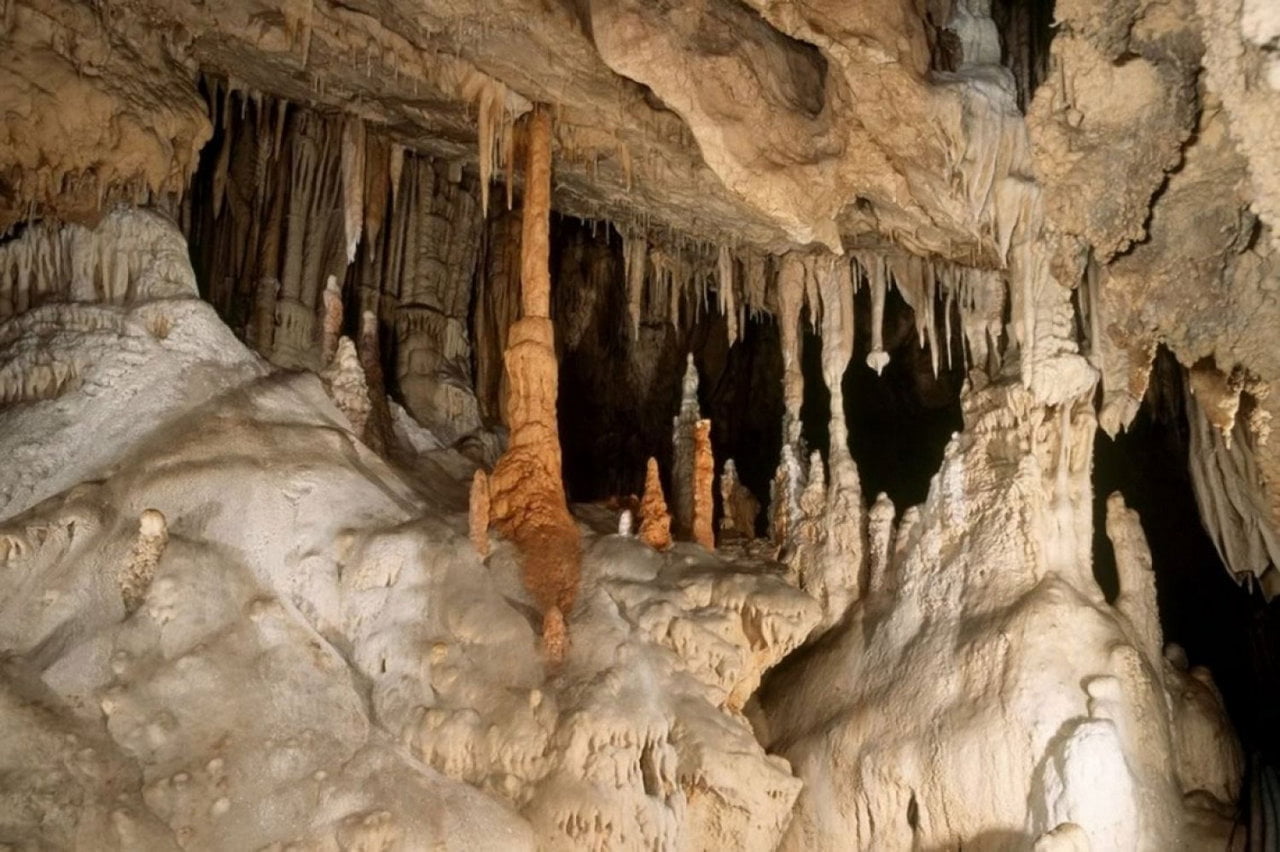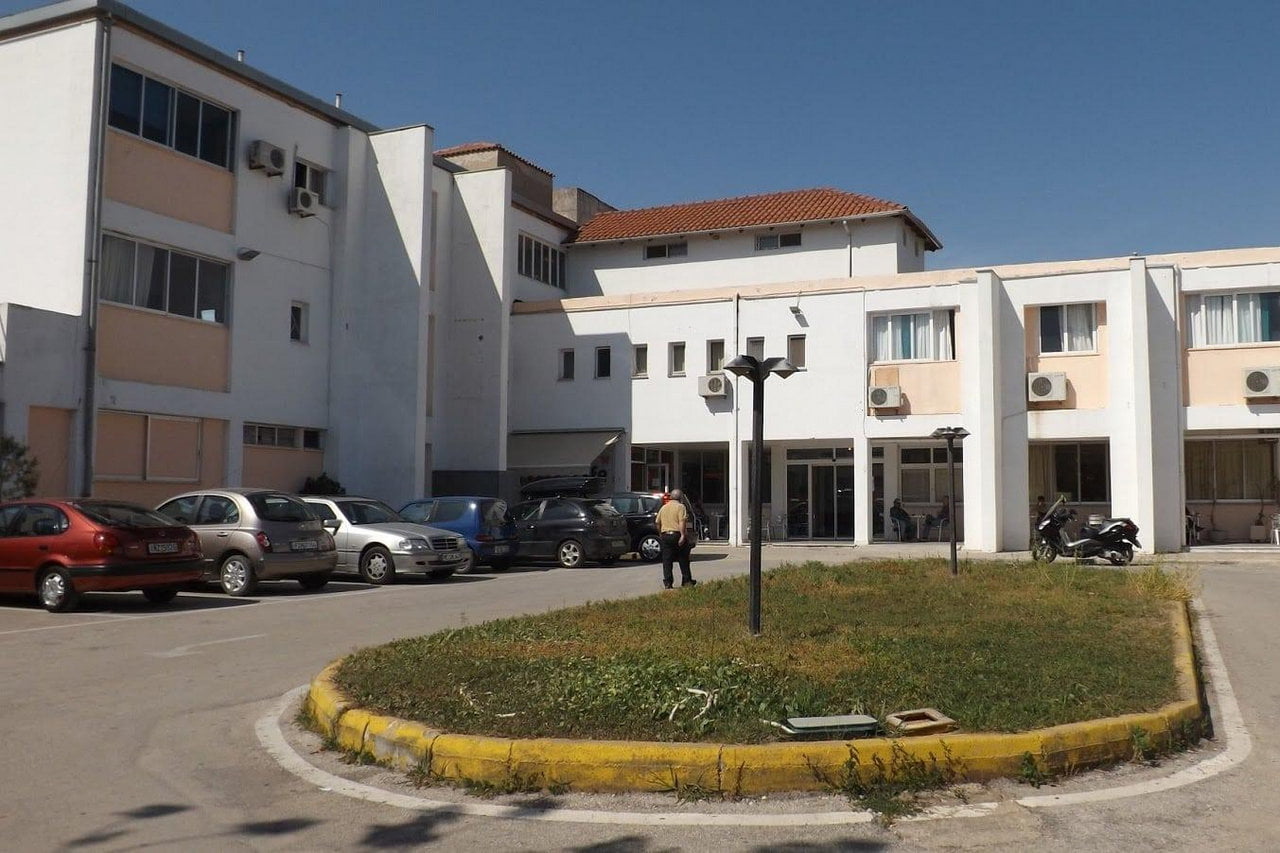Parga Castle
Parga Castle: A citadel with centuries of history
Perched on a hilltop in the city of Parga, Epirus, Greece, the Parga Castle, a medieval citadel complex, casts an imposing silhouette against the skyline. Since the 15th century, this architectural marvel has stood as a central landmark, thanks to its robust fortifications that served to protect the city from invasions by land and sea.

Construction of the bastion
The journey of the Castle of Parga began in the 11th century, when the locals, with the help of the Normans, built the first fortifications. Later, in the 15th century, the Venetians rebuilt the castle and further fortified the area. In the 18th century, the third and last fortification was completed by the French. Thus, the castle we see today is the result of the contributions of several civilizations over the centuries, each of which left its own architectural imprint on this fortress.
A chronicle of conflicts
Parga Castle has not been a passive observer but an active participant in the many conflicts that have unfolded over the centuries. It survived attacks by the Ottomans and the infamous pirate Hayreddin Barbarossa. It was also the scene of a long siege by British forces in 1815. In 1452, it was occupied by Hatzi Bey for two years, and in 1537, Barbarossa burned and destroyed the castle.
But the spirit of Parga Castle was indomitable. Reconstructed by the Venetians in 1572, it continued to develop and strengthen. In 1707 the outer gate was built by Count Marco Teotochi. In 1792 the Venetians began the construction of the third fortress, which was completed by the French in 1808. The castle then changed hands in 1819, when it was sold to Ali Pasha, only to return to Greek control in 1913. In 2020, extensive cleaning and restoration work was undertaken to preserve this historical monument.

The Modern Citadel
In its current form, Parga Castle welcomes the public as a popular tourist destination. After sundown, the castle is illuminated, accentuating its grandeur and offering mesmerizing views of the surrounding area. Visitors can explore two main buildings that have been meticulously reconstructed and are now vibrant venues for theatrical performances and exhibitions.
For those who prefer a more leisurely visit, the castle has a refreshment cafe where you can relax and enjoy the breathtaking panorama. An exhibition room features photographic displays that give visitors a glimpse into the castle’s rich past. Visitors are welcomed from early morning until late at night, offering flexible opportunities to explore this architectural wonder.
Parga Castle is a testament to the resilience and strength of the town it was built to protect. It not only reflects the architectural prowess and strategic acumen of the Normans, Venetians and French, but also tells tales of conquest and defiance, encapsulating a rich tapestry of history within its formidable walls. Every brick of the castle whispers stories of the past, making it an unmissable destination for those who wish to delve into the annals of Greek history.

Main events in the history of the Castle of Parga:
- 11th century: The first fortifications are built with the help of the Normans.
- 1452: The castle is occupied by Hatzi Bey for two years.
- 1537: The castle is burned and destroyed by Hayreddin Barbarossa.
- 1572: The castle is rebuilt by the Venetians.
- 1707: The outer gate is built by Count Marco Teotochi.
- 1792: The third and final fortress is begun by the Venetians.
- 1808: The French complete the third fortress.
- 1815: The castle is besieged by the British.
- 1819: The castle is sold to Ali Pasha.
- 1913: Parga is liberated and the castle comes under Greek control.
- 2020: Cleaning and restoration work is carried out.



